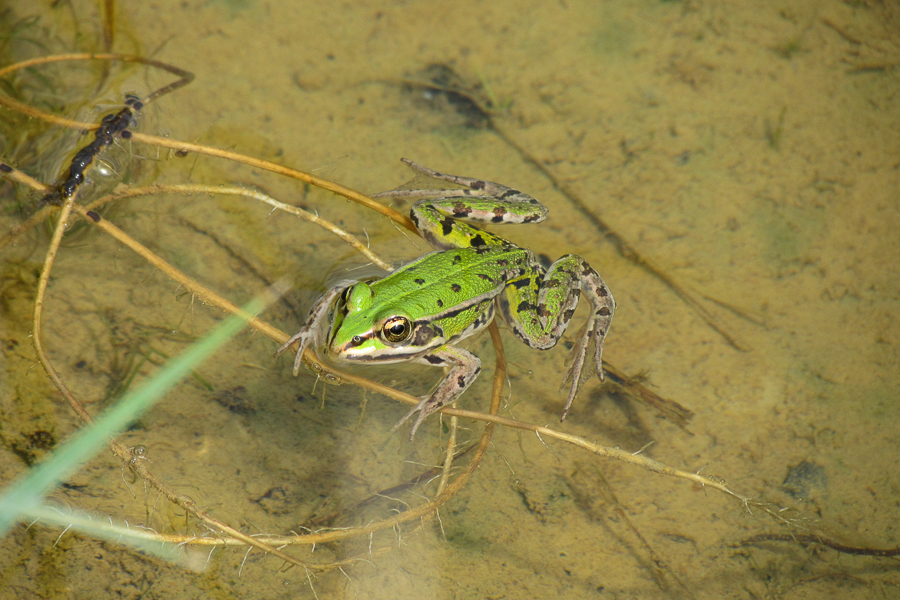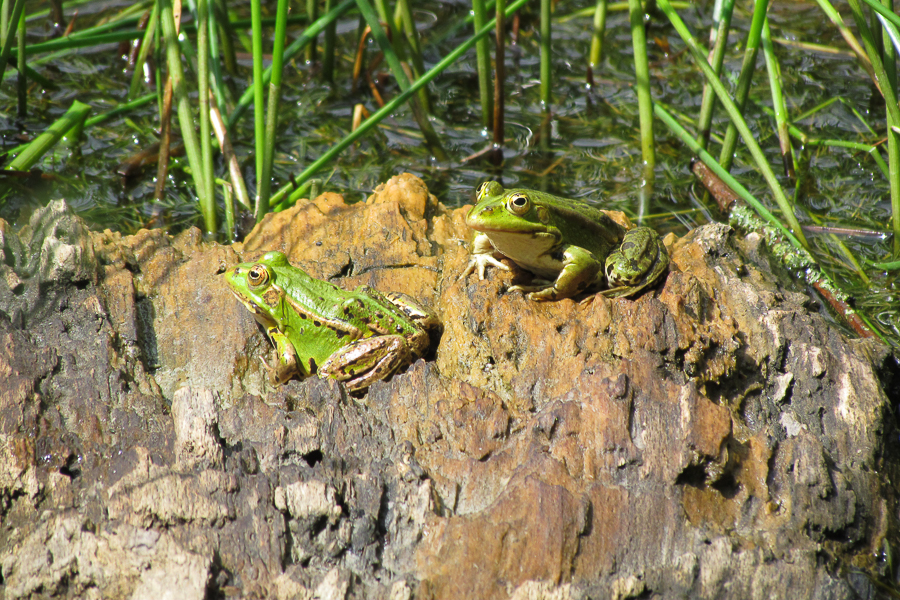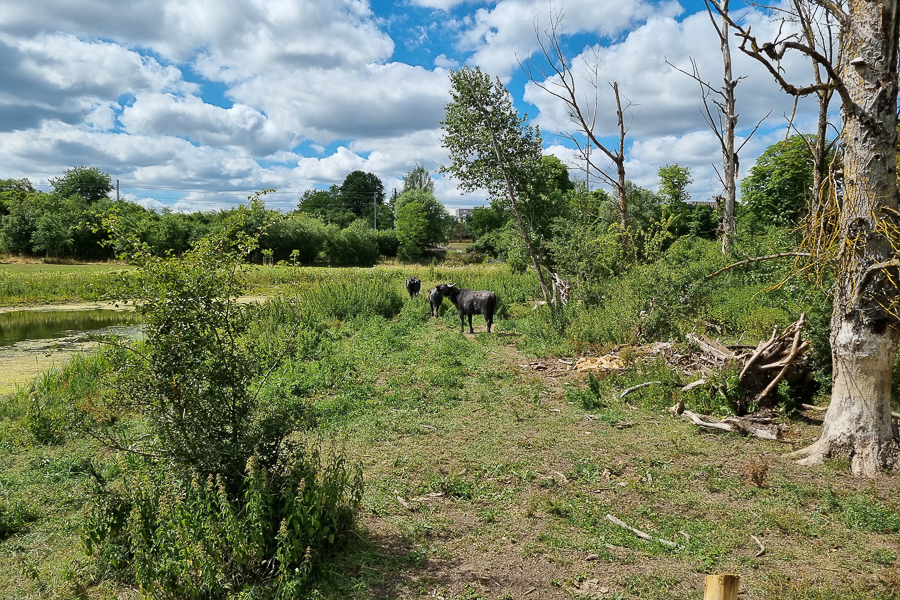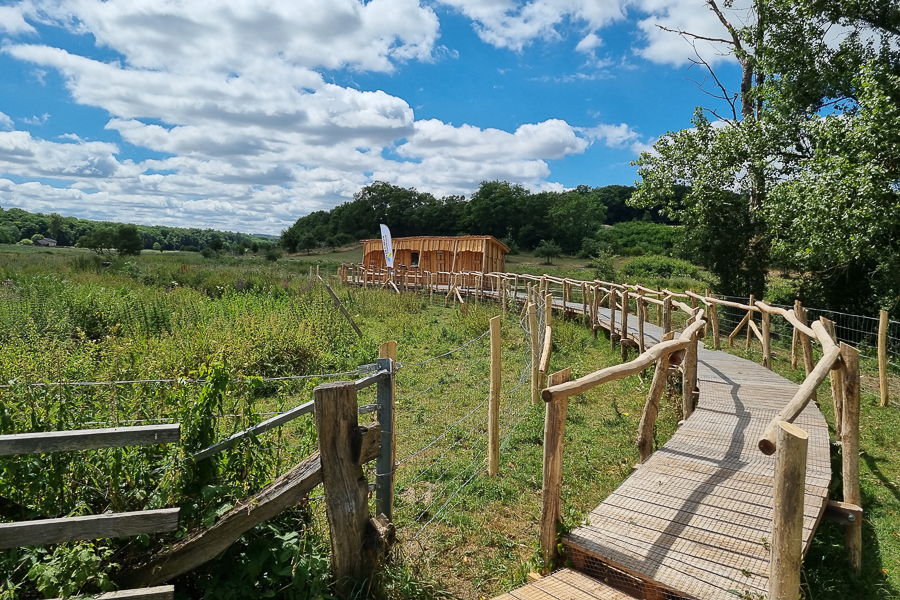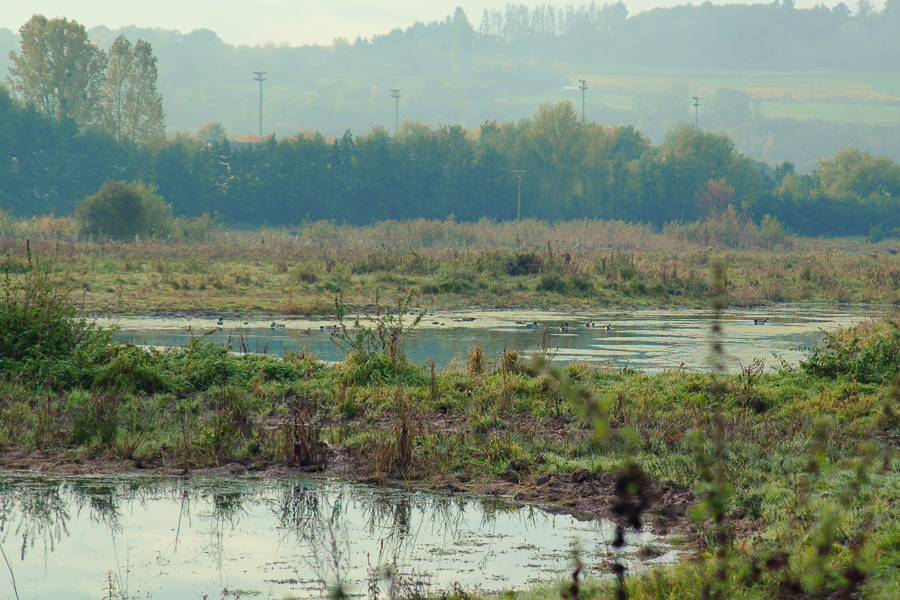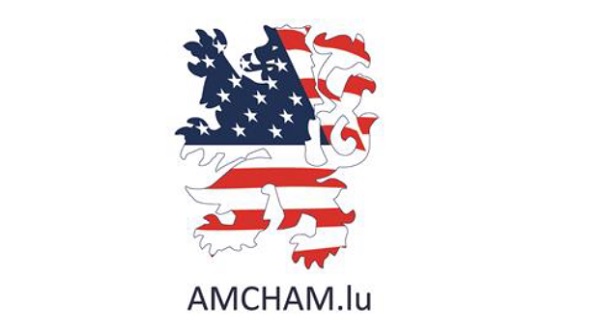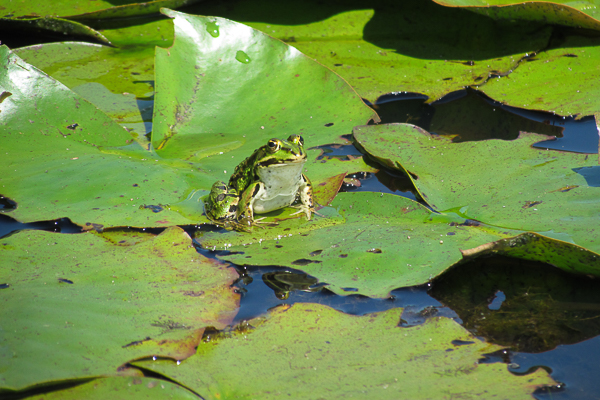 Green frog;
Credit: natur&ëmwelt
Green frog;
Credit: natur&ëmwelt
Luxembourg has what is known as a Temperate Climate in which winters are generally mild and summers comparatively cool, with rainfall that can be high; its flora and fauna have thrived in, and adapted to, this climate over the centuries and millennia, with ongoing challenges due to pollution and recent climate change, as well as the introduction of non-native species, resulting in disruptions to the norm.
Nevertheless, with various initiatives and organisations helping the ecosystem and habitat, including sustainability and re-wilding, there is a lot happening in nature across the Grand Duchy.
Chronicle.lu has teamed up with natur&emwelt (the non-profit organisation (naturemwelt), the foundation (Hëllef fir d'Natur) and the Wildlife Care Centre (Flegeestatioun)) for a series of articles on Luxembourg's fauna in which we look at various mammals, birds, insects, amphibians and aquatic animals, as well as touching on vanishing species returning to Luxembourg, focussing on their lifestyle and habitat, including when and where to observe them.
No.4 in this series focuses on the common water frog.
The common water frog is one of the most widespread amphibians in Luxembourg, it plays a key role in ecosystems as both predator and prey.
The common water frog (Pelophylax kl. esculentus) is a hybrid species between the marsh frog (Pelophylax ridibundus) an the pool frog (Pelophylax lessonae). Adult common water frogs typically measure between none and eleven centimetres in length. They have smooth skin that varies in colour — green, brown, yellow, or even blueish — with dark patches on the upper side and often a lighter line on their back and a paler underside. Their long, powerful hind legs are adapted for leaping and swimming, while webbed feet assist in water mobility. Their colouration helps them camouflage in vegetation, protecting them from predators. Males are generally smaller than females and show two vocal sacs, which amplify their croak.
Lifestyle
Common water frogs are mostly carnivorous, feeding on insects, worms, slugs and even small vertebrates. They gather in large numbers at ponds and slow-moving water bodies to reproduce and spend the summer. Breeding occurs in spring an early summer, typically from May to June, depending on the region. Females lay thousands of eggs in clumps, which hatch into tadpoles. Metamorphosis into froglets takes between two and four months. Parental care is absent—the young are left to fend for themselves. Frogs hibernate in winter, often burrowing into mud or hiding under logs and rocks.
Habitat
The common water frog inhabits a wide variety of habitats, including meadows, wetlands and gardens. It prefers humid climates and is closely linked to freshwater sources for its reproduction. Habitat loss due to agriculture, urbanisation, and pollution is a growing threat. In the alluvial valley of the Syre, it benefits from an exceptional habitat: the "Mensder-Brill" nature reserve (located between Uebersyren and Mensdorf), rich in ponds, reed beds and floodplain meadows. The renaturation of the Syre and extensive grazing with buffalo have restored an ecosystem favourable to this and many other species, despite pressures from urbanisation and agriculture.
Where and When to Observe It
In Luxembourg, the common water frog can be found in a variety of natural settings, particularly near ponds or slow-moving streams. They can be observed during the whole of spring and summer, when they gather in shallow waters. They like sunbathing around quiet ponds.
Observation Tips
Look near shallow ponds or marshy areas. Stay quiet and still, and avoid sudden movements. As freshwater habitats are sensitive habitats and amphibians are threatened by chytrid fungus which can be spread by human activity it is important to always respect their habitat — do not touch them. Stay on the footpath, do not go to see them near the pound. They can be easily observed from a distance, if necessary with binoculars.


